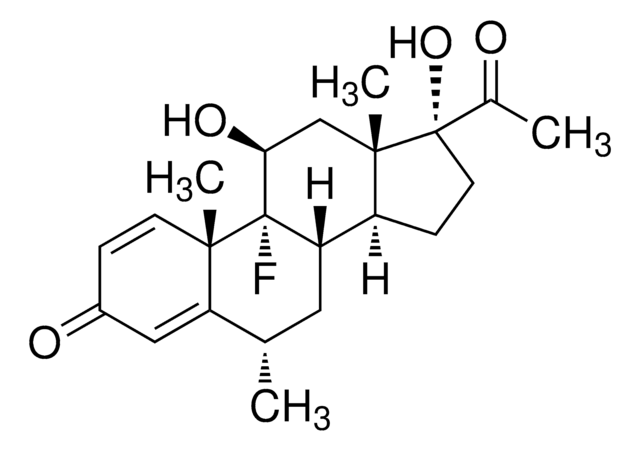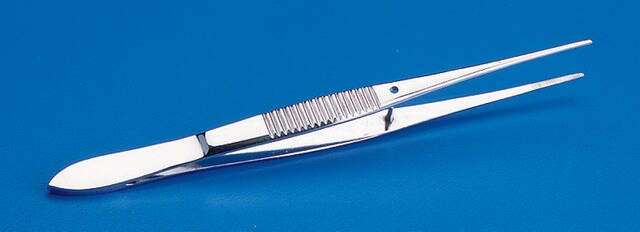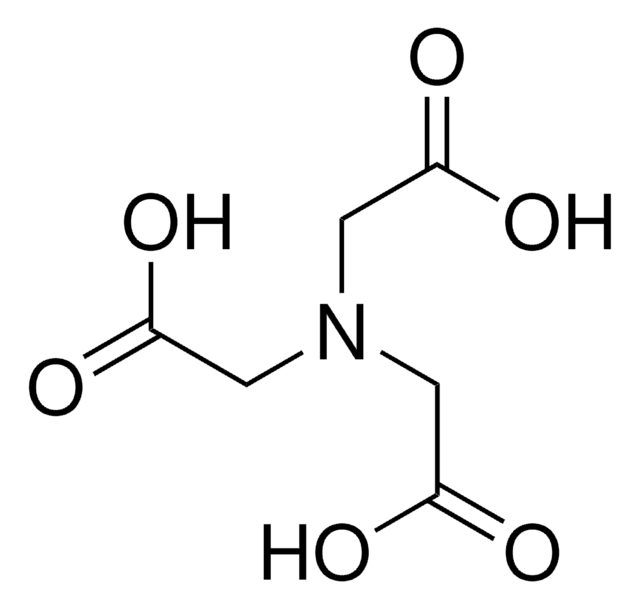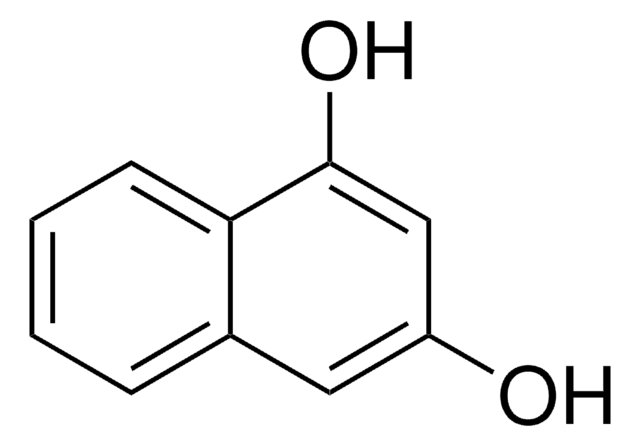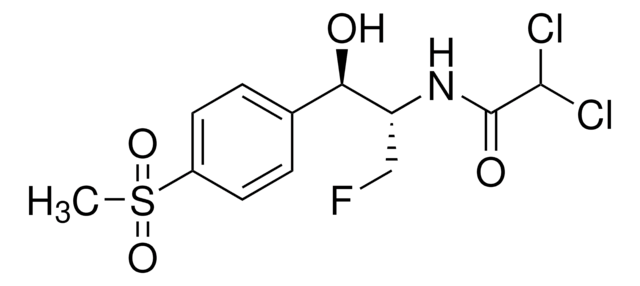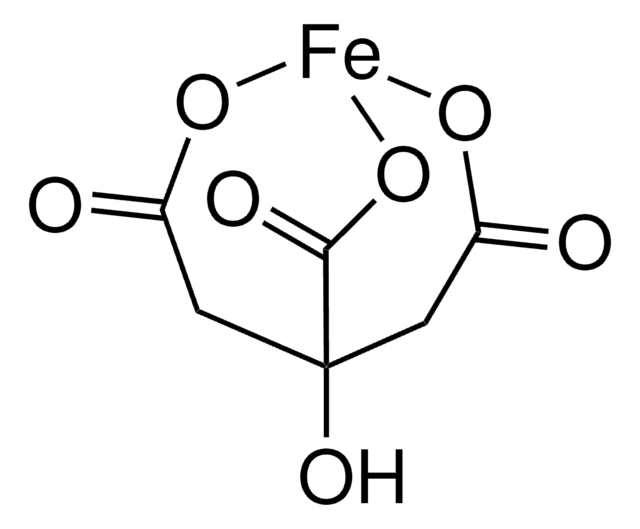Kluczowe dokumenty
F9381
Fluorometholone
≥98%
Synonim(y):
11β,17α-Dihydroxy-9-fluoro-6-methyl-1,4-pregnadiene-3,20-dione
About This Item
Polecane produkty
Poziom jakości
Próba
≥98%
ciąg SMILES
C[C@H]1C[C@H]2[C@@H]3CC[C@](O)(C(C)=O)[C@@]3(C)C[C@H](O)[C@]2(F)[C@@]4(C)C=CC(=O)C=C14
InChI
1S/C22H29FO4/c1-12-9-17-15-6-8-21(27,13(2)24)20(15,4)11-18(26)22(17,23)19(3)7-5-14(25)10-16(12)19/h5,7,10,12,15,17-18,26-27H,6,8-9,11H2,1-4H3/t12-,15-,17-,18-,19-,20-,21-,22-/m0/s1
Klucz InChI
FAOZLTXFLGPHNG-KNAQIMQKSA-N
informacje o genach
human ... NR3C1(2908)
Szukasz podobnych produktów? Odwiedź Przewodnik dotyczący porównywania produktów
Zastosowanie
- Topical fluorometholone treatment and desiccating stress change inflammatory protein expression in tears.: This research explores the changes in tear protein expression due to topical fluorometholone and environmental stress, offering insights into ocular surface inflammatory responses (Nättinen et al., 2018).
- General Pharmacokinetic Model for Topically Administered Ocular Drug Dosage Forms.: This study provides a pharmacokinetic model applicable to topical ocular medications, including fluorometholone, enhancing understanding of drug dynamics in eye treatments (Deng et al., 2016).
Działania biochem./fizjol.
Hasło ostrzegawcze
Warning
Zwroty wskazujące rodzaj zagrożenia
Zwroty wskazujące środki ostrożności
Klasyfikacja zagrożeń
Acute Tox. 4 Dermal - Acute Tox. 4 Inhalation - Acute Tox. 4 Oral
Kod klasy składowania
11 - Combustible Solids
Klasa zagrożenia wodnego (WGK)
WGK 3
Temperatura zapłonu (°F)
Not applicable
Temperatura zapłonu (°C)
Not applicable
Środki ochrony indywidualnej
dust mask type N95 (US), Eyeshields, Gloves
Wybierz jedną z najnowszych wersji:
Masz już ten produkt?
Dokumenty związane z niedawno zakupionymi produktami zostały zamieszczone w Bibliotece dokumentów.
Klienci oglądali również te produkty
Nasz zespół naukowców ma doświadczenie we wszystkich obszarach badań, w tym w naukach przyrodniczych, materiałoznawstwie, syntezie chemicznej, chromatografii, analityce i wielu innych dziedzinach.
Skontaktuj się z zespołem ds. pomocy technicznej